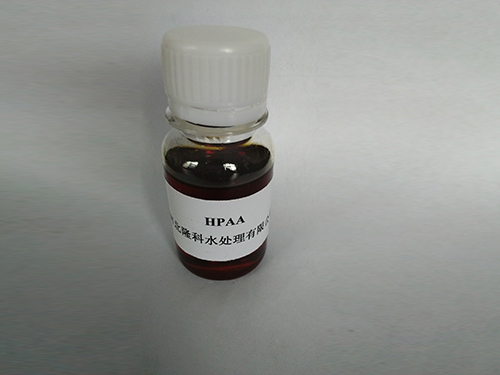Different Categories of Flocculants Utilized in Water Treatment Processes and Their Applications
Types of Flocculants in Water Treatment
Water treatment is a crucial process that ensures the availability of clean and safe water for various uses, including drinking, industrial applications, and agricultural practices. One of the essential components of this process is the use of flocculants. Flocculants are chemical agents that promote the agglomeration of suspended particles in water, forming larger aggregates known as flocs. These flocs can then be easily removed from the water through sedimentation or filtration. There are several types of flocculants used in water treatment, each offering distinct advantages depending on the specific application and water quality requirements.
1. Organic Flocculants
Organic flocculants are derived from natural or synthetic polymers and are widely used in water treatment facilities. They can be further categorized into nonionic, anionic, and cationic flocculants.
- Nonionic Flocculants These flocculants carry no charge, making them effective in neutral and slightly alkaline water. They are particularly useful for removing fine particles, organic matter, and microorganisms, which are often troublesome in wastewater treatment.
- Anionic Flocculants These have a negative charge and are generally used in situations where positively charged contaminants are present. They are particularly effective in treating water high in turbidity, such as runoff from agricultural fields. Their effectiveness is attributed to the charge neutralization process that allows suspended particles to come together to form larger aggregates.
- Cationic Flocculants Cationic flocculants carry a positive charge and are particularly effective in treating negatively charged colloids, such as those found in industrial wastewater. They are often used in the pulp and paper industry and in the treatment of sludge due to their ability to attract and bind fine particles.
types of flocculants in water treatment

Inorganic flocculants have also been extensively used in water treatment processes. The most common inorganic flocculant is aluminum sulfate, often referred to as alum. Other examples include ferric chloride and polyaluminum chloride (PAC).
- Aluminum Sulfate (Alum) Alum is one of the oldest and most commonly used flocculants in drinking water treatment. When added to water, alum undergoes hydrolysis, producing aluminum hydroxide, which forms a gelatinous precipitate that entraps suspended solids. It is effective in reducing turbidity and is widely used in municipal water treatment plants.
- Ferric Chloride This inorganic flocculant is particularly effective at lower pH levels and is known for its capability to remove color and organic matter from water. Ferric chloride is often used in industrial applications and is a preferred choice for treating wastewater from textile industries.
- Polyaluminum Chloride (PAC) PAC is favored for its rapid floc formation and ability to work effectively across a range of pH levels. It is known for producing smaller quantities of sludge compared to alum, making it an environmentally friendly option for water treatment facilities.
3. Bio-based Flocculants
With a growing emphasis on sustainability, the development of bio-based flocculants has gained attention. These flocculants are derived from natural sources, such as plant extracts and biopolymers, and offer an environmentally benign alternative to synthetic chemicals. They are especially promising due to their biodegradability and lower toxicity, making them suitable for applications where environmental impact is a concern.
Conclusion
Choosing the appropriate flocculant is essential for optimizing water treatment processes. The effectiveness of flocculants depends on several factors, including the nature of the contaminants, pH, temperature, and specific applications. Understanding the different types of flocculants and their mechanisms not only helps in improving water quality but also in promoting sustainable practices within the water treatment industry. The ongoing research and development in flocculant technologies promise to enhance the efficiency and efficacy of water treatment processes in the future.
-
Understanding Polycarboxylic Acids: Properties, Applications, and Future PotentialNewsJul.28,2025
-
Scale Inhibitor Explained: How to Protect Your System from Limescale and Hard Water DamageNewsJul.28,2025
-
Scale and Corrosion Inhibitors: Essential Chemicals for Industrial Water System ProtectionNewsJul.28,2025
-
Polyaspartic Acid: A Biodegradable Polymer for Sustainable ChemistryNewsJul.28,2025
-
Isothiazolinones: A Versatile Antimicrobial Class with Industrial Power and Regulatory ChallengesNewsJul.28,2025
-
A Deep Dive into 2-Phosphonobutane-1,2,4-Tricarboxylic Acid (PBTC)NewsJul.28,2025





